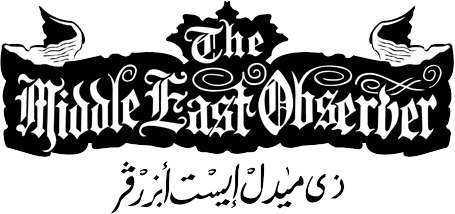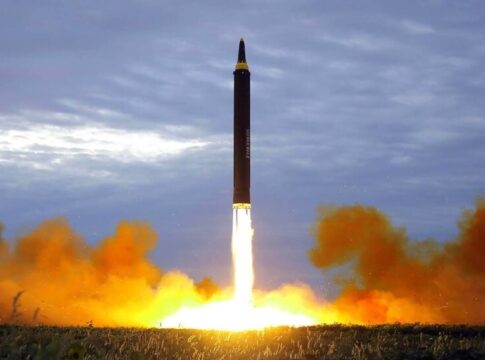The end of the Cold War marked a period of hope, a time when the global community seemed committed to the noble cause of reducing nuclear arms. Yet, today, we witness a dramatic reversal. The relentless pursuit of modernizing nuclear stockpiles by major powers underscores a distressing escalation, one that SIPRI warns could soon lead to a net increase in global arsenals.
Nine countries now hold an estimated 12,241 nuclear warheads, with the U.S. and Russia accounting for the lion’s share. But the most alarming development is China’s rapidly expanding arsenal, growing at an unprecedented rate. The notion of a world where China matches the U.S. and Russia in nuclear capability is not just a hypothetical scenario—it’s a looming reality.
The implications of this nuclear buildup extend far beyond power dynamics. With nuclear-sharing arrangements and geopolitical tensions playing out across continents, the potential for miscalculation or miscommunication grows exponentially. The increased reliance on Artificial Intelligence in decision-making processes only adds to the volatility, as mechanical errors or misinterpretations could trigger catastrophic consequences.
Historically, the doctrine of Mutually Assured Destruction (MAD) has been the thin thread keeping nuclear peace. However, as stockpiles rise and rhetoric sharpens, this precarious balance becomes ever more fragile. The question we must confront is not if, but when these weapons of mass devastation might be unleashed.
One need only look to recent regional conflicts to understand how close we are to the brink. The tensions between India and Pakistan, both nuclear-armed states, have reminded us that the presence of nuclear weapons does not equate to security. Instead, they introduce an ever-present risk of escalation, driven by political posturing and regional ambitions.
The ultimate conclusion of this arms race is chillingly simple yet devastating: as stockpiles grow, so does the probability of their use. Whether through deliberate action or accidental launch, the detonation of a nuclear weapon could mark the beginning of the end. The fallout—both literal and metaphorical—would be catastrophic, reshaping the world as we know it.

n light of SIPRI’s report, it is imperative for global leaders to revisit and revive dialogue on arms control. Diplomatic channels must be re-opened, and international agreements strengthened. The alternative is unthinkable, but as history has shown, all too possible. As we stand at this critical juncture, the choices we make—or fail to make—will determine the legacy we leave for future generations. Will we choose the path of proliferation, or will we embrace peace and ultimately avert the end of the world? The clock is ticking.


